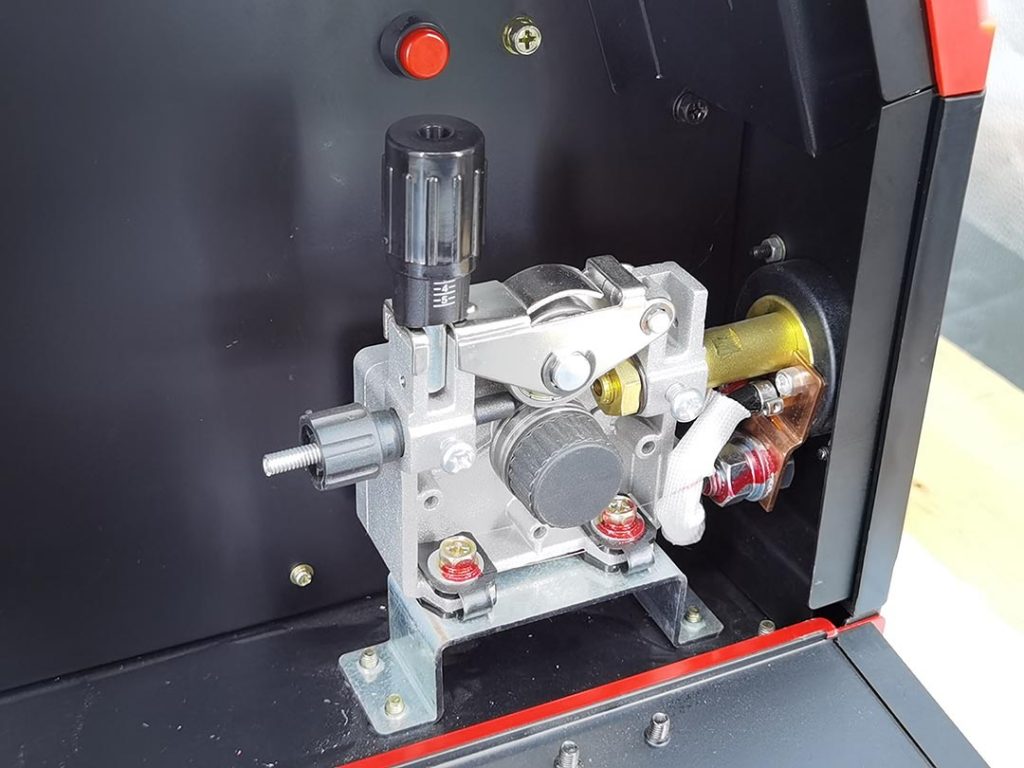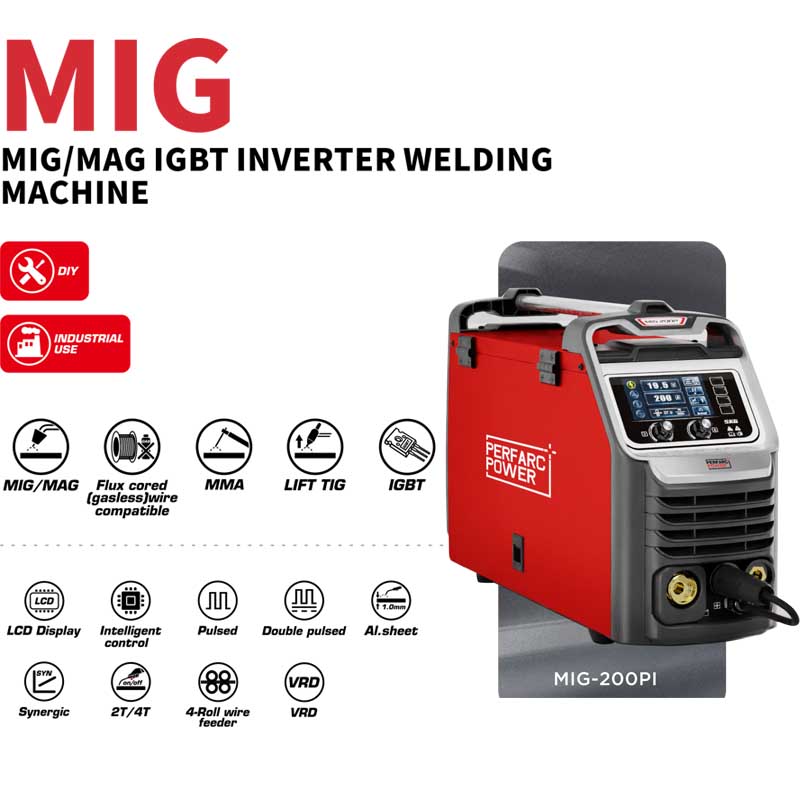MIG welding, a popular and efficient welding process, offers a quick learning curve for beginners. However, like any skill, mastering MIG welding requires attention to detail and an understanding of common mistakes to avoid. Let’s explore seven pitfalls that individuals often encounter when they embark on their MIG welding journey:

1. Neglecting Material Preparation
One of the most fundamental mistakes beginners make is neglecting proper material preparation. Failing to clean, grind, or remove contaminants from the workpiece can lead to poor weld quality. Before striking an arc, take the time to ensure your material is clean and free from rust, paint, or other impurities.
2. Voltage Imbalance: Too High or Too Low
Achieving the right balance in voltage is critical for successful MIG welding. Beginners often make the mistake of setting the voltage too high or too low. Incorrect voltage can result in insufficient penetration or excessive spatter. Refer to your welding machine’s specifications and adjust the voltage accordingly for the thickness of the material you are welding.
3. Misadjusting Wire Feed Speed
Wire feed speed plays a crucial role in maintaining a stable arc and achieving proper penetration. Novices frequently encounter issues by setting the wire feed speed too high or too low. Experiment with different settings to find the optimal wire feed speed for the specific material and welding conditions you are working with.
4. Electrode Stick-Out: Finding the Right Balance
Maintaining the correct electrode stick-out is essential for achieving a stable and controlled arc. Too long or too short of a stick-out can lead to erratic welding and poor bead formation. Consult your welding machine’s manual for recommended stick-out lengths based on the wire diameter you are using.
5. Balancing Gas Flow
Proper shielding gas flow is vital for protecting the weld pool and preventing contamination. Novices often overlook this aspect, setting the gas flow too low or too high. Refer to welding charts or guidelines to determine the appropriate gas flow rate for the material and welding process you are employing.
6. Mastering Travel Speed
Finding the right travel speed is a common challenge for beginners. Moving too quickly or too slowly can affect the weld’s appearance and integrity. Practice maintaining a consistent travel speed, adapting it to the thickness of the material and the welding parameters.
7. Controlling Gun Angle
The angle at which you hold the MIG welding gun significantly impacts the weld’s quality. Novices often make the mistake of holding the gun at too steep of an angle, leading to poor bead shape and penetration. Aim for a slight drag or push angle, depending on the welding position, to achieve optimal results.
Conclusion
Embarking on the journey of MIG welding is an exciting venture, but it comes with its share of challenges. By avoiding these seven common mistakes, you can enhance your welding skills and produce high-quality welds. Remember, practice and continuous learning are key to mastering the art of MIG welding. With attention to detail and a commitment to improvement, you’ll soon navigate the welding process with confidence and precision.
With a little research and practice, you’ll be fixing gates and doing metalwork in no time at all, keeping your life exciting in all the best ways.We recommend the best multifunctional mig welding machine!
Best MIG Welders Top Picks, Reviews & Comparison
The best overall MIG welder online is the MIG-200PI MIG Welder. It has a good mix of affordability, amperage range, and high-quality components. It isn’t the lowest-priced machine on our list, but it performs the best for its price and has a reputation for reliability.
It has a good range of amperage settings, and a large an even larger range of different wire speeds. This ensures you have complete control over dialing in your preferred setup for each job. The machine doesn’t take much skill to set-up and run. It’s designed for any environment, including industrial welding shops, but it’s easily used by beginners who are learning the basics.
The MIG-200PI MIG Welder as heavier than other 210-amp welders, but it’s does suit on-site work or being moved to different locations frequently as . Yet, it’s ideal for a stationary workbench set-up and is well laid out for ease of use. It produces an incredibly smooth, consistent arc. It doesn’t give you any surprises and has minimal spatter issues, unlike other lower-quality MIG machines.
This machine will suit beginners wanting a top-quality machine to learn on, or fabrication shop owners wanting an affordable machine that can be trusted. It’s a favorite for many keen welders worldwide and will most likely give you everything you need for a machine with 200 amps of power.
All in all, this is definitely one of the top MIG welders for home use out there right now.

Pros
- Good amperage range
- Simple to use
- Large wire speed range
- Accurate welding chart
- Affordable for its quality
- Includes high-quality parts


